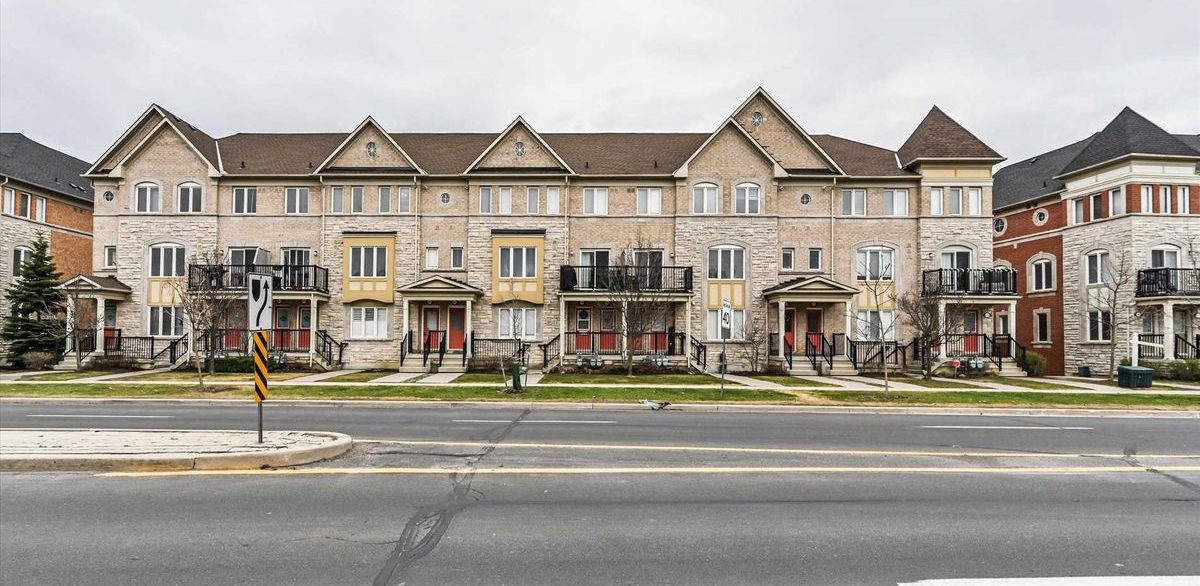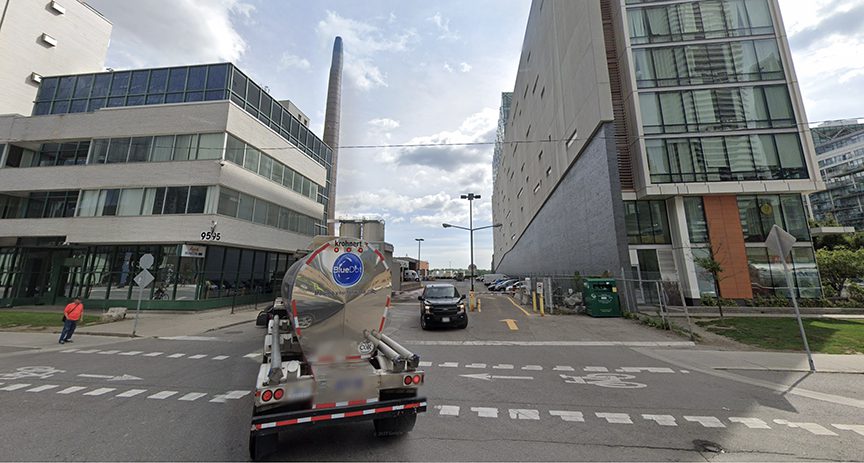How does Ontario’s NPC-300 differ for stationary & transportation noise sources?

Welcome to another edition of Frequently Asked Questions about Noise, Vibration, and Acoustics. In this series, we answer the questions we hear most often from clients or through inquiries via our website. I’m Victor Garcia, a Senior Engineer and Associate at HGC Engineering. Today’s question is: How do the regulatory noise guidelines differ for stationary & transportation sources in Ontario?
Other questions along these lines that we often receive include: What are the regulatory differences between noise from stationary noise sources such as a commercial developments or industrial facilities, versus noise from transportation sources such as a roadway or railway? Why can’t air conditioning or upgrades to a building envelope be used when mitigating against stationary noise? If we are already considering noise from a busy transportation source, why is noise from a commercial site, which includes stationary sources such a concern?
NPC-300: Ontario’s Environmental Noise Guideline
As discussed in more detail in one of our previous posts, in Ontario, sound level limits for both stationary and transportation noise sources are included in NPC-300, the province’s environmental noise guideline.
NPC-300 Classes 1, 2 & 3 and Sound Level Limits
For stationary noise sources, the sound level limits vary depending on the acoustical environment. In NPC-300, Classes 1, 2 and 3 provide sound level limits for a receptor in urban, semi-urban, and rural environments.
The point at which the criteria applies are both outdoor living areas, as well as at the plane of windows for dwellings. If a receptor is located near a busy roadway, such as the Ontario’s 400 series highway, the sound level limits may also be impacted. A 400 series highway typically has higher background sound levels due to higher traffic volumes, which can result in higher sound level limits above the minimum exclusionary criteria included in NPC-300.
For transportation noise sources, the sound level limits do not vary depending on the acoustical environment. The criteria applies in both in the outdoor living area, and inside a sensitive space such as a living room, dining room, and bedroom.
As the point at which the criteria applies for both stationary and transportation noise differs, the allowable forms of mitigation also vary.

Stationary & Transportation Noise Source Mitigation
For outdoor living areas, noise from both stationary noise sources and transportation sources can be mitigated using acoustic barriers. For excesses from transportation noise sources, since the criteria applies inside the sensitive space, upgrades to the building envelope and ventilation systems can be used. For example, air conditioning may be recommended so that windows can remain closed to a transportation source.
Brick exterior facade may also be suggested to minimize the sound coming through the walls. Similarly, windows with higher sound transmission class ratings may be proposed to minimize sound coming through the windows. For stationary noise sources, since the sound level limits apply at the plane of the window, as opposed to inside a sensitive space, upgrades to the building envelope and ventilation systems cannot be used. In these cases, at-source mitigation is recommended. This can take the form of silencers, louvers, acoustic barriers, and engineered noise enclosures.

Noise from Existing Commercial or Industrial Facilities
When a residential development is encroaching on an existing commercial, or industrial facility, at-source mitigation may not always be a viable option. In these cases, noise mitigation on the residential lands could be considered. This can take the form of property-line acoustic barriers, or architectural design considerations, such as ensuring windows into sensitive spaces are not provided along a façade where excesses may be expected.
NPC-300 Class 4 Noise Area Designation
If mitigation at the source and residential lands still do not provide sufficient noise mitigation a Class 4 designation could be requested from the municipality.
Requirements for a Class 4 designation include areas that could otherwise be classified as Class 1 or 2 and which:
- is an area intended for development with new noise sensitive land uses that are not yet built
- is in close proximity to existing lawfully established stationary source(s)
- has a formal confirmation from the land use planning authority with the Class 4 noise area classification which is determined during the land use planning process.
A Class 4 designation provides higher sound level limits above Class 1 and Class 2 to allow for the existing facilities to continue their normal operations. With the Class 4 designation, on-building mitigation can be used. This can take the form of upgrades to the building envelope, to the window glazing, and the use of enclosed noise buffers. Additionally, with the Class 4 designation, air conditioning is mandatory, as well as a Class 4 specific warning clause.
In Conclusion
This was a brief overview of the differences in criteria for transportation noise sources, and stationary noise sources, as well as the allowable forms of mitigation as directed by Ontario’s NPC-300 environmental noise guideline. We hope this answers your questions. If you have any further questions on this topic or have other questions you’d like to see answered, please feel free to reach out to me.



